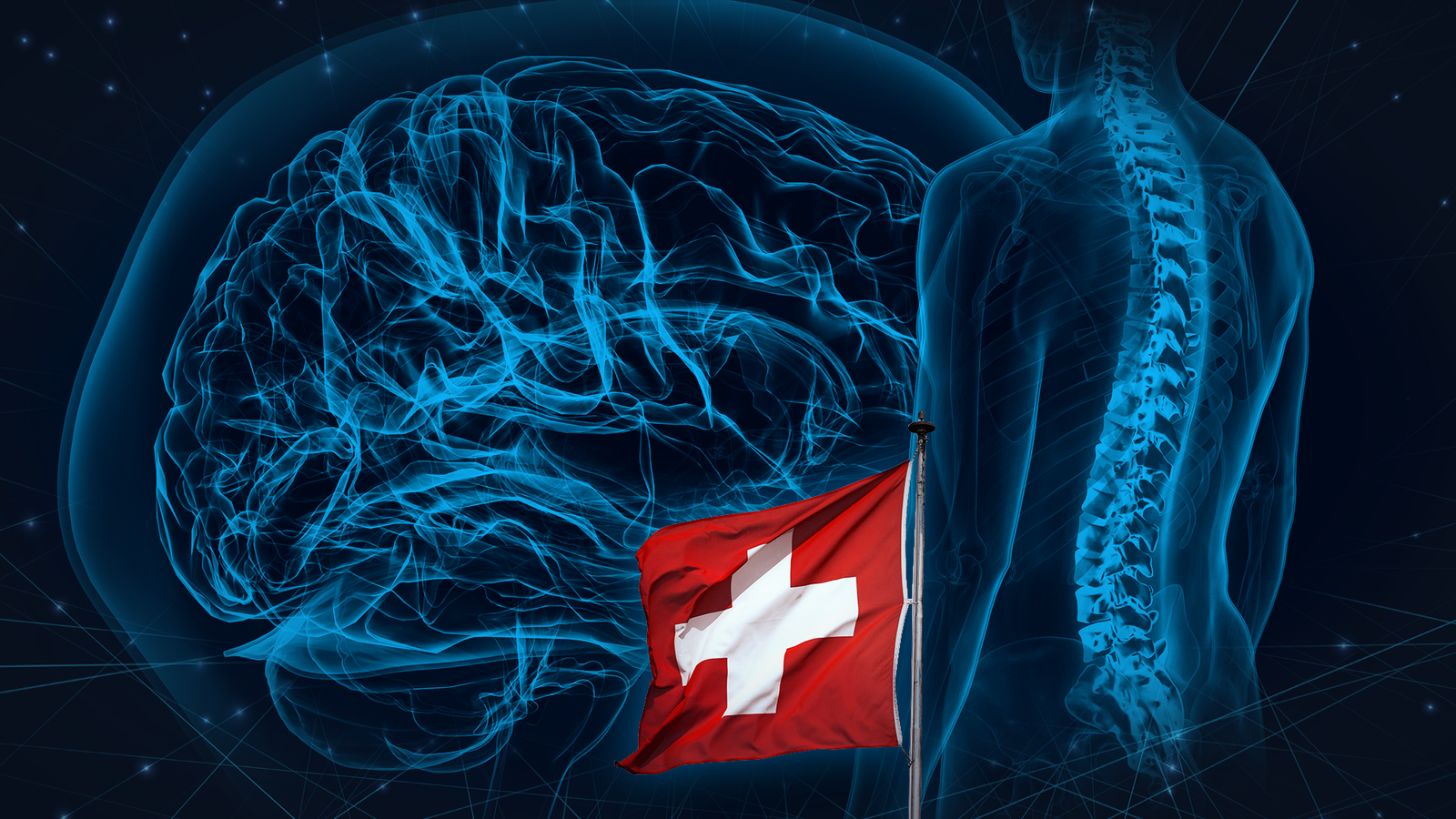Enter the cyborg.
A man, paralysed in a cycling accident 10 years ago, is now able to walk again because of a wireless digital link between his brain and spinal cord.
The video of Gert-Jan standing, walking and even climbing stairs is remarkable.
Yes, he drags his feet slightly. Yes, his movements are slow.
But he is in control. It is his thoughts, his intent to walk, that is being turned into action.
It’s liberating for him. Not just because he can move his legs.
He says he can now choose to stand up from his wheelchair to have a beer with his friends at the bar. Don’t underestimate the psychological importance of looking people in the eye, at their level.
ChatGPT upgraded with Bing search data to give chatbot real-time knowledge
Elon Musk says artificial intelligence isn’t ‘necessary for anything’
Fake AI-generated image of explosion near US Pentagon goes viral
The key role of AI
It’s all possible because of a brain computer interface.
Implants resting on the brain, just above the movement control centre, relay nerve signals to a computer that uses artificial intelligence to pick out the ones that matter and decode the intent.
Instructions are then sent wirelessly to a second implant in the spinal cord of the lower back, bridging the severely damaged nerves in Gert-Jan’s neck.
A sequence of electrical signals then stimulates the leg muscles in the right order, so he can walk.
It’s artificial intelligence that is key here.
More than a decade ago, I spent some time in a lab with US researchers who were trying to decode brain signals from a monkey feeding itself with a robotic arm that it controlled with the power of thought.
Hundreds of signals jumped across a computer screen – and it was clear that the challenge would be detecting patterns in the data to gauge the intent.
The Swiss researchers have cracked that by carefully training the computer to pick out the signals that matter while Gert-Jan thinks about a very specific muscle movement.
Transformational tech doesn’t come cheap
The technology has clearly been transformational for one man.
But now it needs to be rolled out to many more people paralysed by accidents and, the researchers hope, strokes.
It won’t be cheap, so access will be an issue. Will it just be the rich, or those with insurance pay-outs, who benefit?
But that’s for the future.
The breakthrough itself is astonishing. And the implications for people living with paralysis are huge.






